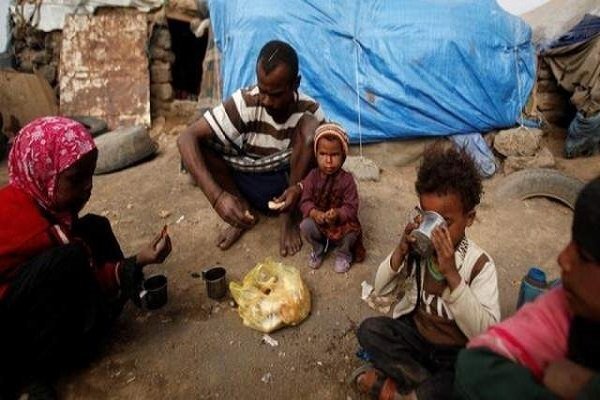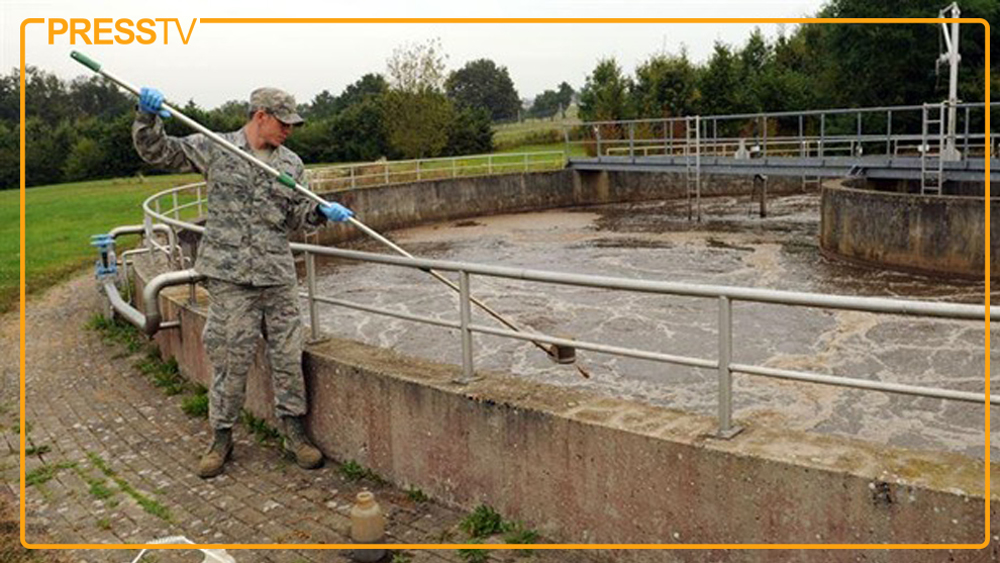Iran’s Dairy Industry Exports to Over 30 Countries
TEHRAN (Iran News) Speaking to ILNA, Farbod noted that frequent power cuts are straining dairy production facilities. Even plants equipped with diesel generators cannot fully meet their needs due to limited capacity. In many industrial towns, outages occur two to three days a week. While scheduled cuts cause less disruption, they still place heavy pressure on producers.
Iran’s dairy sector currently has between 200 and 300 active companies, fully meeting 100% of domestic demand. This is down from around 1,300 units in the past, a decline Farbod said mirrors trends in other countries. For example, Germany had about 3,000 active dairies in 1960 but now has roughly 100. Smaller and mid-sized units often merge with larger ones or gradually close.
Farbod pointed to slim profit margins — around 5% compared to the 14% minimum recommended in pricing regulations — as a key factor in industry contraction. Per capita dairy consumption in Iran, based on milk, is about 70 kilograms per year, far below the 300 kilograms common in developed nations. Stagnant wages amid inflation have reduced purchasing power, limiting price increases and pushing companies into a “double loss” of lower profits and reduced demand.
The dairy sector employs about 120,000 people directly and three to four times that number indirectly in distribution and related services. Production costs vary between companies, with older factories often facing lower depreciation expenses than newer plants that have invested heavily in modern equipment purchased at high foreign exchange rates.
The industry is inherently competitive, driven by the large number of producers and the perishability of dairy products, which cannot be stockpiled. About 80% of production is concentrated in milk, yogurt, and cheese. Farbod stressed that product diversity and quality standards in Iran are on par with European levels.
Iran’s dairy exports have surged in recent months — up 30% in volume and 39% in value. Products now reach over 30 countries, with major markets including Iraq, Pakistan, Afghanistan, and Persian Gulf states such as Qatar, Oman, and the UAE. Shipments have also reached distant destinations like Canada and the United States, including exports of yogurt drinks and cheese.
Iran no longer imports butter or milk powder, having become an exporter of both. Last year, high global prices created strong demand for Iranian butter exports, temporarily tightening domestic supply, but this issue has since eased.
The sector generated over $1 billion in export revenue last year, with this year’s figure expected to surpass that amount. Its foreign currency needs for imports stand at about $500 million annually. However, Farbod said access to export earnings is hindered by slow government allocation processes. The industry is seeking the right to directly use its export revenues for imports, bypassing the foreign exchange queue, though current import quotas remain a barrier.
Boosting per capita dairy consumption is seen as essential for industry expansion. Farbod warned that the current low consumption rate has health implications, such as higher rates of osteoporosis.
The dairy sector no longer faces mandatory price controls, with supply and demand now setting prices. While liberalization has increased market flexibility and competition, some challenges remain.
A notable strength of Iran’s dairy sector is its direct connection between producers and livestock farmers. About 13 major dairy companies own their own farms, while some farmers have invested in dairy plants. This integration helps both sides better manage the production chain.
The industry has significant unused production capacity, allowing for increased output without major new investments if domestic demand rises or export support grows. Cultural campaigns to promote dairy consumption could strengthen the home market while enabling further export expansion.
Non-milk production costs — including packaging, wages, and other inputs — have risen about 17% this year. Meanwhile, the official purchase price of raw milk increased from 18,000 to 23,000 tomans per kilogram, a 27.7% jump. Depending on the product, this has raised final costs by 15–17%. To ease the impact on consumers, companies have implemented price hikes in two phases: about 10% in June and 5% in July. Farbod emphasized that this staged approach has led to misconceptions about constant price changes, whereas increases were planned in advance.
With stable domestic supply, competitive standards, and growing export markets, Iran’s dairy industry is positioned for further growth — provided it can overcome challenges in consumption, profitability, and foreign exchange access.
- source : IRAN NEWS ECONOMIC DESK






























